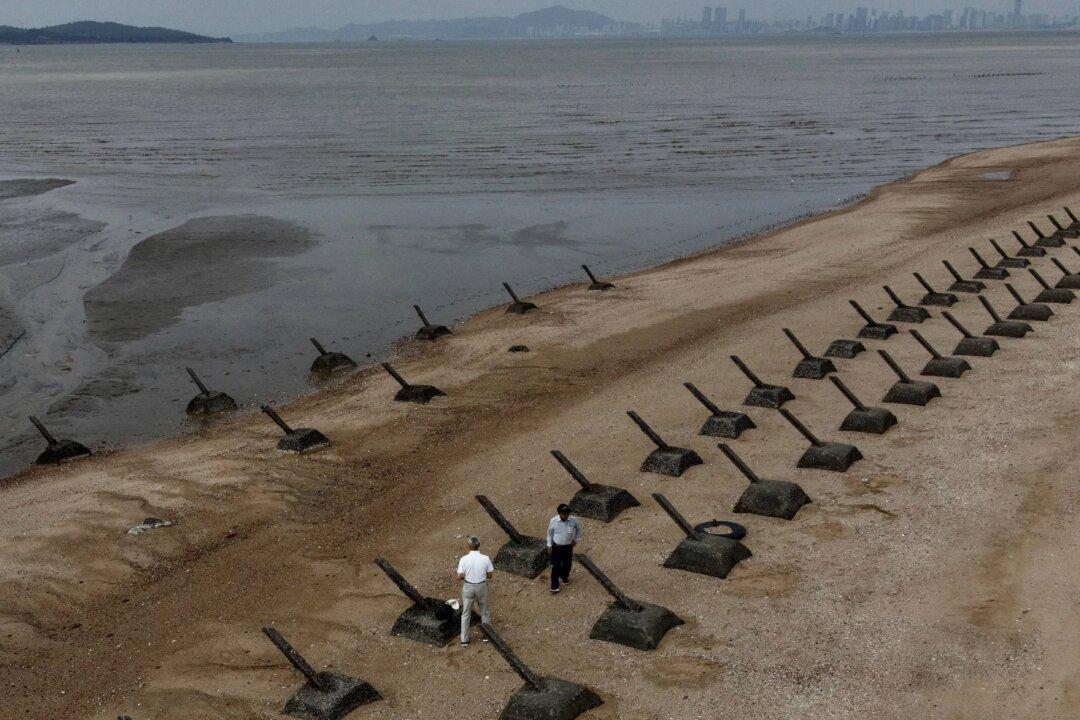Commentary
U.S. Army Special Forces—and possibly other units—will be deployed on Taiwan’s Kinmen islands, about two miles off the coast of mainland China.

U.S. Army Special Forces—and possibly other units—will be deployed on Taiwan’s Kinmen islands, about two miles off the coast of mainland China.